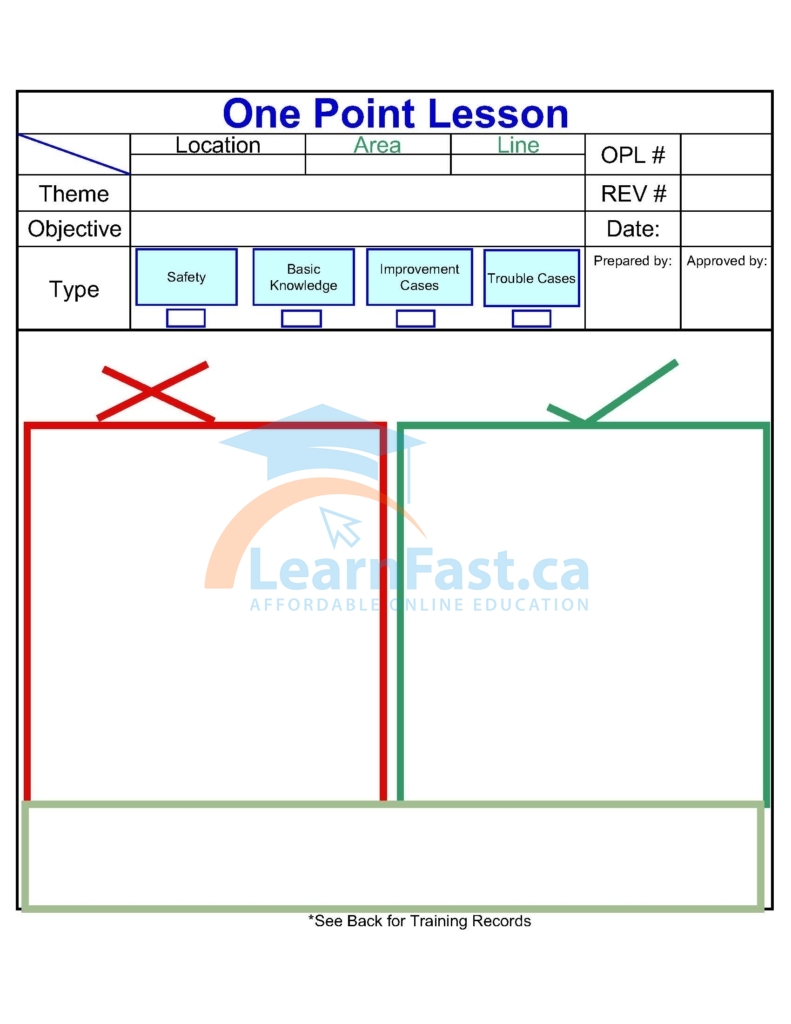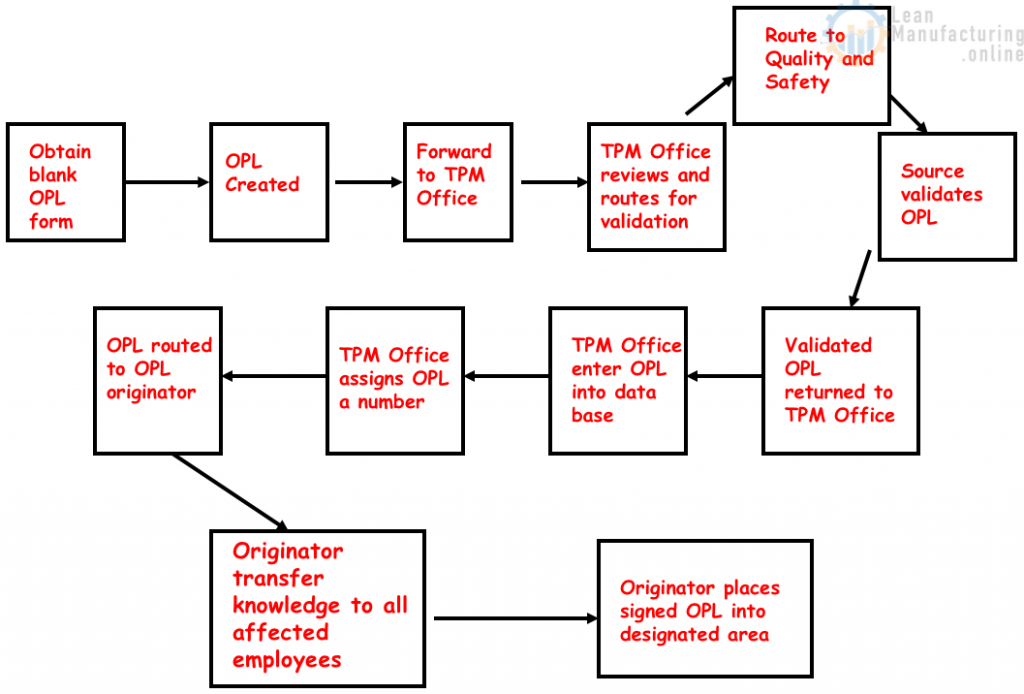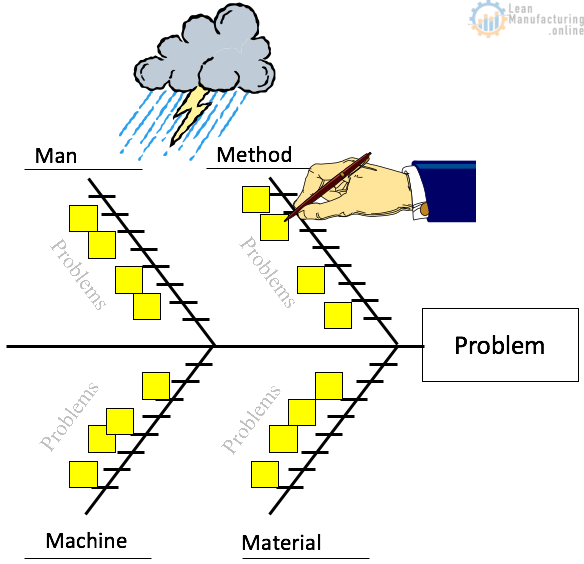One Point Lessons are short visual presentations on a single point that have three purposes:
- They sharpen job-related knowledge and skills by communicating information about specific problems and improvements.
- They easily share important information just-in-time.
- They improve the team’s performance.
Safety
This type of lesson fills a safety gap. It ensures the team members have the knowledge they need to do their job safely and are aware of the potential risks.
Basic knowledge
This type of lesson fills a knowledge gap. It ensures the team members have the knowledge they need to do their job or participate in improvement activities.
Trouble
This type of lesson shows actual breakdowns, defects and other abnormalities to illustrate how to identify and/or avoid a workplace problem. It is most effective when presented immediately after the problem occurs.
Improvement
This type of lesson summarizes the concepts, contents, and results of improvements that result from team activities. It helps teams in other areas make similar improvements.
Hints for Good OPLs
- OPL should be 80% visual and 20% written. Use sketches and pictures to show the training point;
- The writer is the first trainer, but all the trained can be trainers. Be sure to date and initial the OPL after training is conducted;
- Remember, the OPLs should be routed for review by a knowledgeable person. Suggestions for other reviewers are Safety, Quality and Engineering or Maintenance;
- The THEME is a very short definition of the OPL, e.g. “Demonstrate how to change ink cartridge.” The OBJECTIVE explains in detail why the OPL is needed and how to implement it, as well as the benefits of the OPL.
Example – blank OPL – wrong/right – boxed content
The template can be downloaded here

OPL Process Flow-Example

The OPLs are posted on the activity board for three months and then moved to a 3-ring binder for future reference and use. The binder should be located on the activity board.















How long is an OPL active before it become SOP?
Hi Edward,
Thanks for your question. Usually, OPLs are “living” documents on their own as they deliver a short communication to the staff regarding one particular point. However, they can become a part of the SOP, creating the between SOP and OPL. Here is an example of the SOP that mentions OPL as a source: